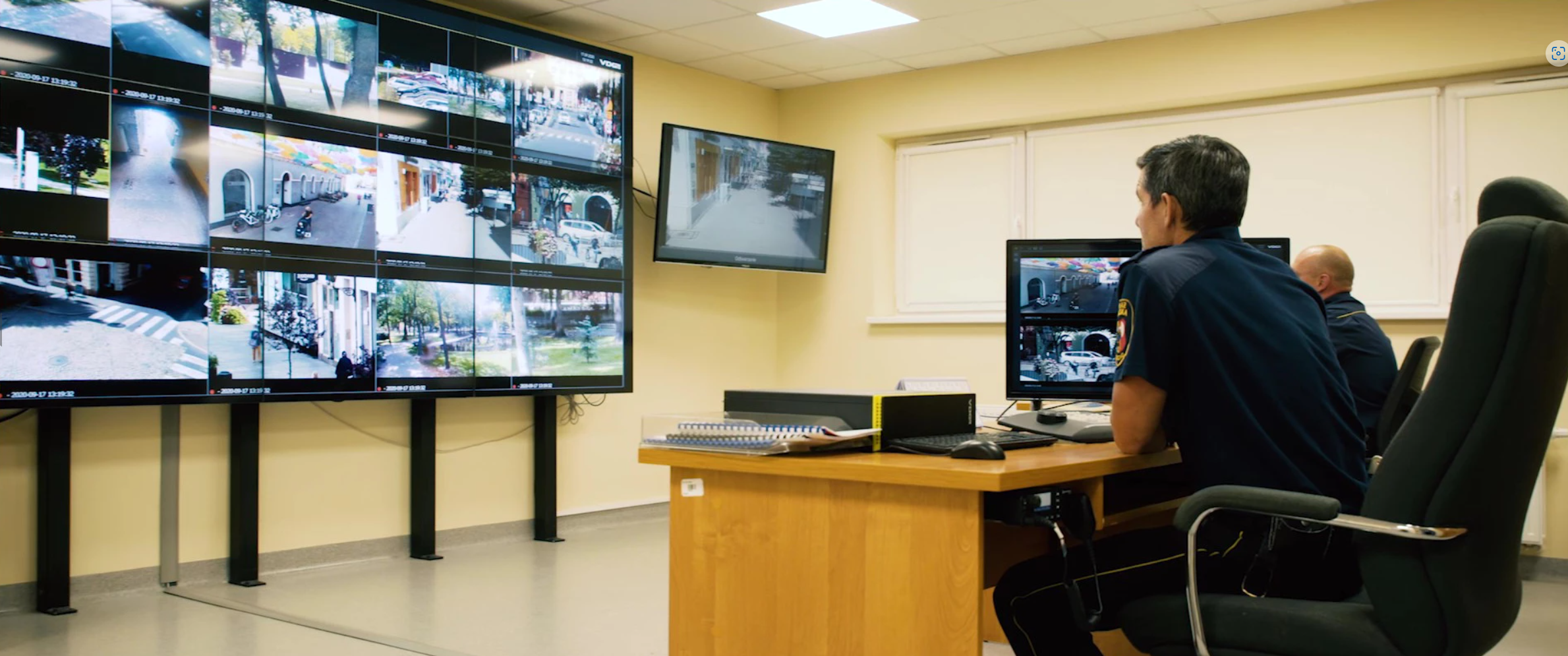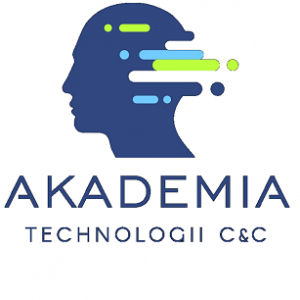Let's imagine a situation: a bomb explodes in a shopping mall.
How can the perpetrators be identified? Even better, how can such a situation be prevented?
Assume a large number of cameras are installed in every corner of the building, operating around the clock. But what value do these cameras add to security measures? Even if several operators sit in their control center watching footage for 8 hours a day, there is no guarantee that a possible incident will be detected at the moment it occurs. Therefore, many incidents are discovered only after being reported, and reviewing all the camera data can take hours or even days.
In such a situation, real-time video content analysis (VCA) can be extremely helpful. It can help solve various social, political, security, production, and many other issues by monitoring events in real-time and using AI algorithms to identify problems.
The video surveillance market, known as CCTV (closed-circuit television), is expected to grow to $18.890 billion by the end of 2027. The insights that can be drawn from processed video data are vast and have a significant impact on business efficiency. AI-supported real-time video monitoring has become so advanced that it can recognize unpredictable and unusual patterns from large amounts of data. It is an excellent solution for companies trying to optimize their operations.
What is real-time video monitoring (VMS) and how does it work?
Real-time video monitoring is more than just installing cameras: it is a modern technology that is part of CCTV systems and includes video content analysis (VCA). It can automatically analyze video content, detect objects, and events based on predefined algorithms. CCTV monitoring uses various technologies to ensure safety and security. Considering that video cameras generate endless amounts of material, it is impossible for security personnel or operators to constantly watch every camera and detect suspicious behavior. Therefore, incidents are most often investigated after they are detected. This is time-consuming, monotonous, and does not provide data-driven results.
To increase the utility of traditional remote video surveillance, real-time video monitoring technologies, object and person tracking, and asset tracking solutions are used to easily and quickly identify items and analyze them in just a few minutes. A CCTV system consists of cameras, recorders, and other components that work together to monitor and record activities. Based on object attributes, movement and behavior, facial recognition patterns, suspicious individuals, sudden bursts of flames, or other signs, they can be detected. Therefore, real-time monitoring can prevent criminal activities before they occur.
Intelligent video analysis technology helps improve situational awareness through customized real-time alerts. These are triggered as soon as unusual activity is identified. Based on specific criteria, video surveillance operators set up alerts. Image recording is a key function of CCTV systems, ensuring that all activities are recorded for later review.

Video surveillance alert criteria in a CCTV system
Software criteria for video analysis include:
Object appearance similarity. Alerts are triggered based on these criteria, for example, when objects (bicycles, cars, etc.) or people who should not be there are in a specific place, or when someone is in a certain area. In analog systems, digital video recorders (DVR) are used to record footage.
Alerts can even be triggered based on clothing color criteria. For example, if there is a restricted area only for employees in uniforms, other people wearing clothes in different colors will be tracked and reported as suspicious. With this feature, if more people than expected are in a certain place, the camera will trigger alerts so that security personnel can respond quickly. In IP systems, network video recorders (NVR) are used to record and manage footage.
Number-based alerts. Number-based alerts in specific areas can help control traffic or crowds. For example, if long lines are detected in a store or at an airport checkpoint, managers can quickly respond thanks to real-time video monitoring. Additionally, with occupancy detection, lights can be turned off when no one is in the room. IP cameras are used in modern surveillance systems for high-quality video transmission.
Facial recognition alerts. Based on digital images extracted from video footage, security personnel can easily identify suspects in real time.
In the face of increasing threats such as terrorist attacks, real-time video monitoring is becoming a key element in ensuring public safety. Compared to traditional surveillance methods, modern VMS systems, supported by AI, offer faster and more efficient detection of suspicious activities and individuals. Through video content analysis and intelligent alerts, it is possible not only to quickly respond to incidents but also to prevent them before they occur. As video surveillance technology evolves, it becomes an indispensable tool for companies and institutions striving to protect their assets and ensure societal safety.



 Share on
Share on
 Share on
Share on
 Share on
Share on
